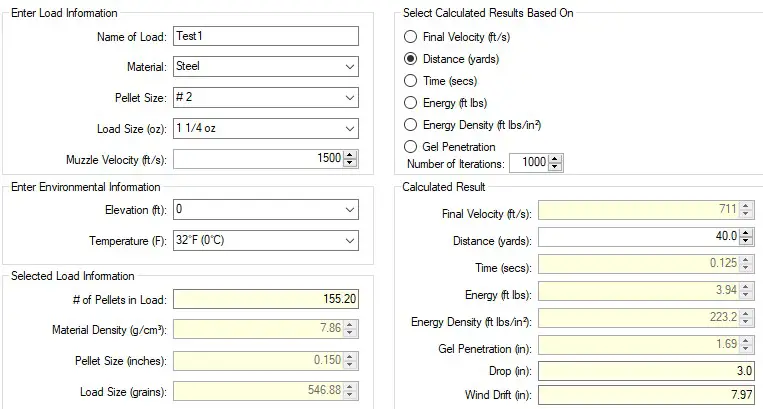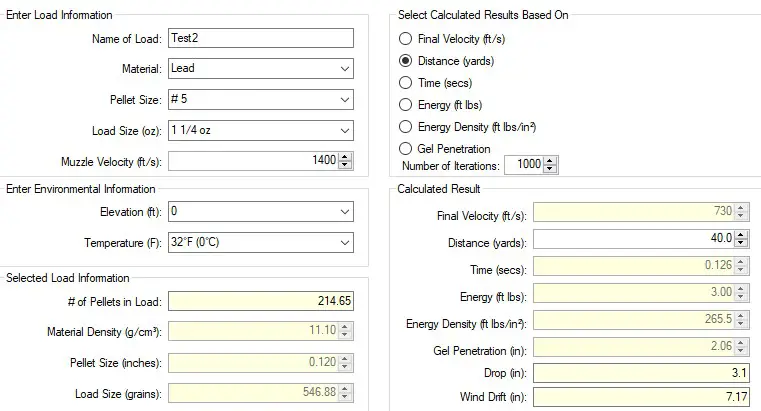|
What Have We Learned About Steel Shotshells? Shotguns with bores smaller than 12 gauge suffer mightily with steel, as the case capacity of anything less than a 12 bore means a significant reduction in payload. We have learned that things like high-antimony lead, the Mark V collar, the Power Piston, and buffering that seek to lessen deformation of lead shot invariably means non-spherical shot is a poor performer at range. Even though it is common knowledge that the spherical form factor is far better ballistically, the gimmicks of Blind Side and Black Cloud have prevailed to a level that they shouldn't have based on obvious and repeatable pattern percentages. The definition of non-spherical shot is “Spreader Load.” We have also learned that the old “go up two shot sizes and call it good” is bad information, as a three shot size difference is more representative with steel vs. lead. We have also learned that dentists prefer steel to lead, and that the notion of “MOD – STEEL” = “FULL CHOKE” is a fallacy. The hoax of blown and cartwheel patterns of days gone by was due to cheap felt wads, not notions of choke. The behind the grassy knoll concept of “Modified equals Full” with steel was a myth created to protect cheap, weak, short, stubby choke tubes and cheap barrels, rather than to protect pattern efficiencies. Be that as it may, we cannot stray too far afield from the fundamentals.  A 1-1/4 oz. hunting load of #2 steel is about 155 pellets. A 1-1/4 oz. payload of #5 lead has 38 percent more pellets: about 214. We cannot have a pattern with more pellets in it than came out of the muzzle. A 38% deficient in pattern right out of the muzzle is hardly trivial and cannot be overcome, regardless of amusing choke and barrel brags. Steel loads are thin and weak as matter of course. If that isn't enough, steel has lower strike velocity at 40 yards, and substantially less penetration. 
A leopard cannot change its spots and steel shot cannot change its
miserable density. The heaviest typical payload for a high recoil 3-1/2
inch 12 gauge is 1-1/2 oz. The problem is, you would need a
shoulder-crushing 1.725 oz. payload of steel to equal the lead pellet
count, and those steel pellets still won't hit as fast as lead, or come
close to the terminal performance afforded by the superior penetration
of lead.
|